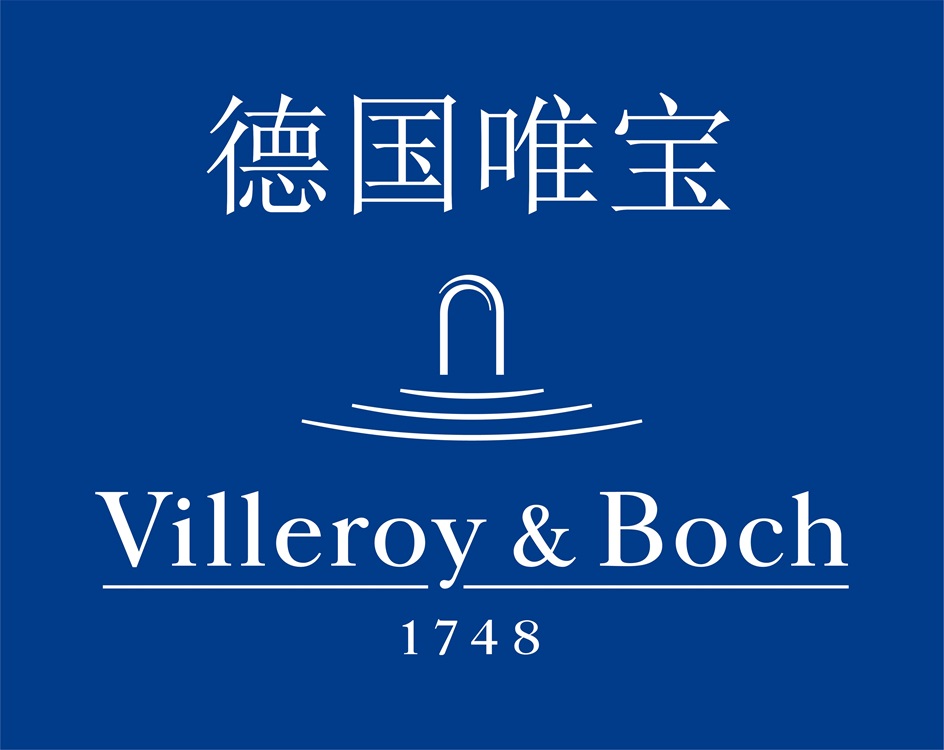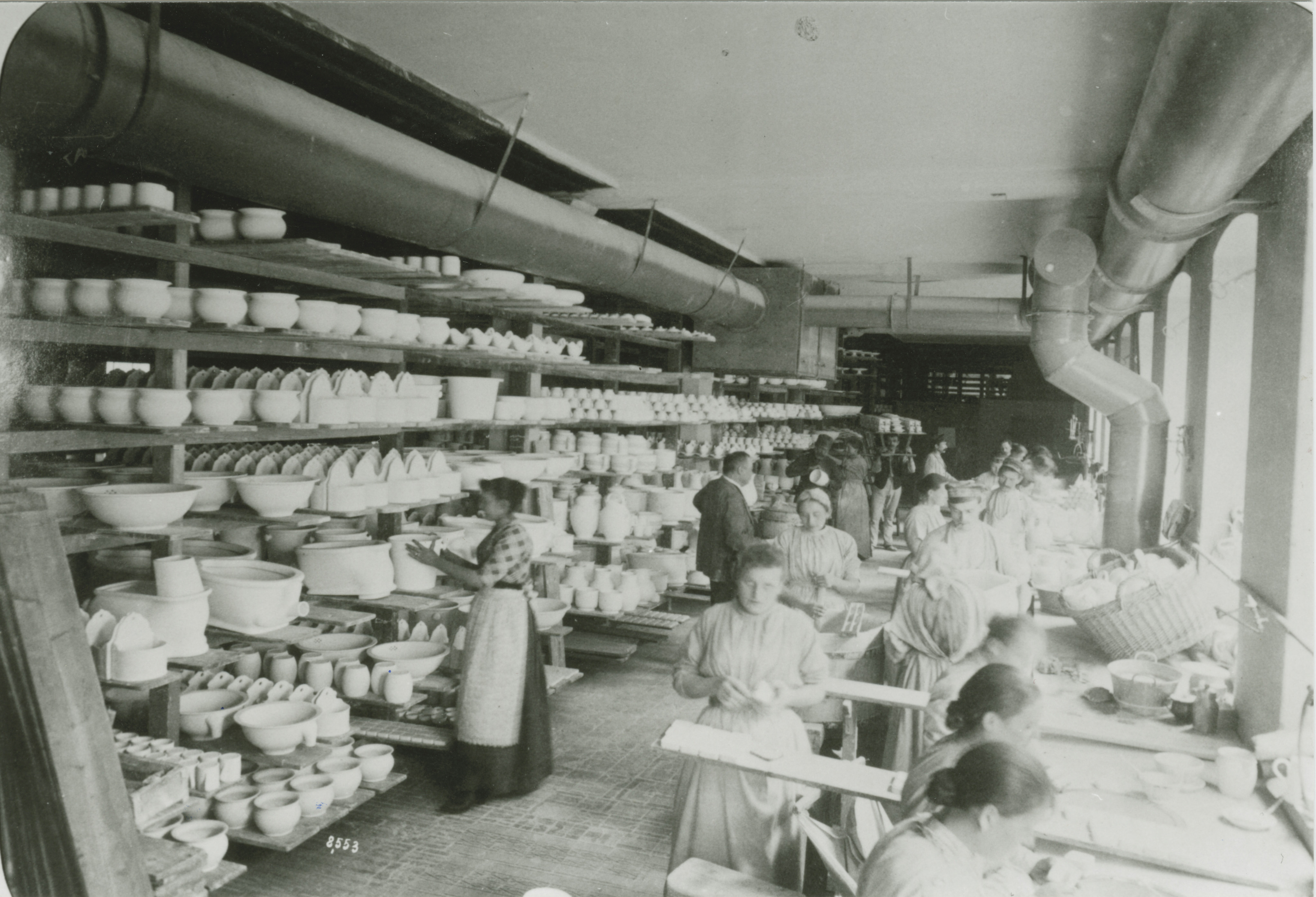-
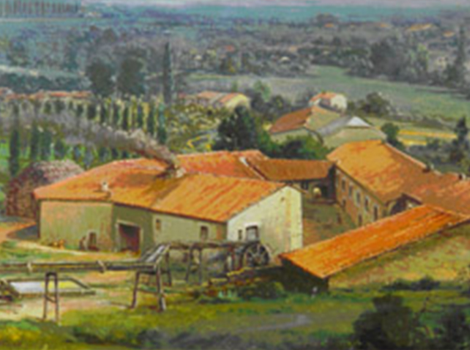
1748
The birth of the company

The birth of the company. Francois Boch bears the title "Bombardier du Roi", royal cannon founder. The iron founder from village of Audun-le-Tiche in Lorraine, however, decides to start a new career. In 1748, together with his three sons, he begins manufacturing ceramic crockery. This marks the birth of the Villeroy & Boch company.
-
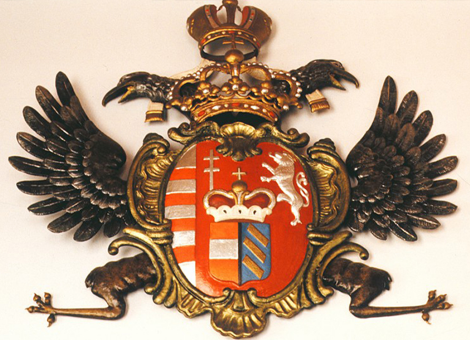
1766
Luxembourg

Luxembourg is one of the Bochs' initial sales markets. Due to this fact Francois' son, Pierre-Joseph, submits a request to the Austrian government for permission to set up a manufactory in the Province of Luxembourg. Of the numerous persons who apply, he receives authorisation from Empress Maria Theresia. The new factory at Septfontaines/Luxembourg is also a major step from manufactory operations to early industrial serial production. As a sign of special recognition, the Faiencerie is permitted to call itself Manufacture Impériale et Royale.
-
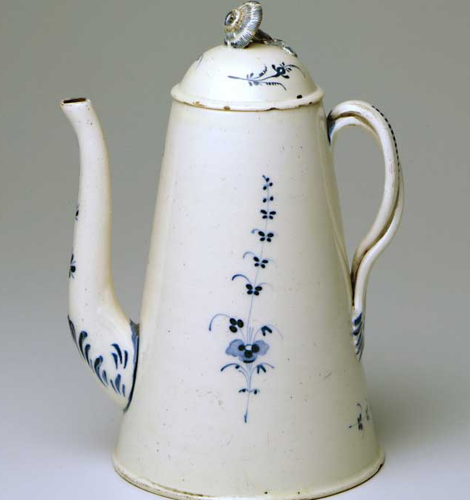
1770
Alt Luxemburg

Popular around the world, the Alt Luxemburg crockery series is a Villeroy & Boch evergreen. It dates back to the Brindille pattern which was introduced by Pierre-Joseph in 1770. The creatively gifted entrepreneur fashioned a series of artistic ceramic items including a rocaille hanging flowerpot and a crucifix base with snake symbol – both exhibits can to be found in the Mettlach Ceramics Museum.
-
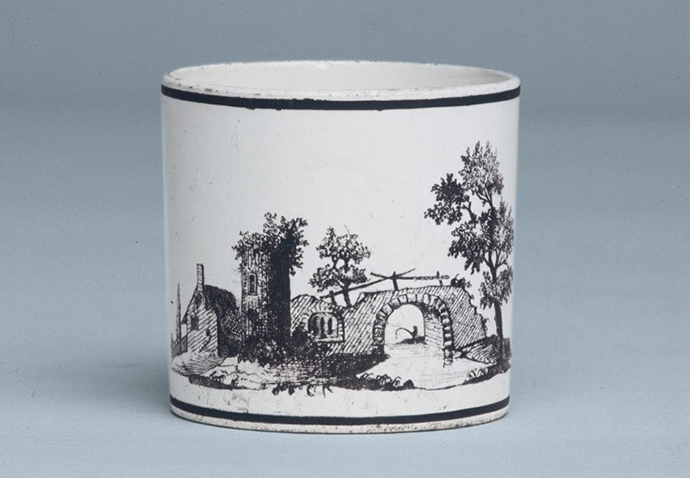
1791
Ceramics manufacturers Villeroy

Ceramics manufacturers Villeroy. Together with two partners, the businessman Nicolas Villeroy acquires an earthenware factory in Vaudrevange, which is today called Wallerfangen. In 1797 he becomes its sole owner. Villeroy is one of the first ceramics manufacturers to use coal as fuel. He calls in specialists from England and France to modernise production. Above all, he experiments with pattern printing. From 1815 he applies the copper printing process which enables products to be offered more cheaply.
A World Company Emerges
-
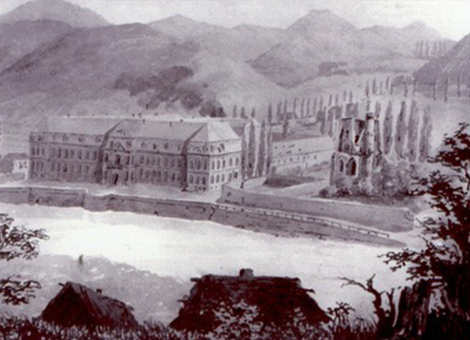
1809
Acquisition of the Old Abbey in Mettlach

Jean-François Boch buys the former Benedictine abbey in Mettlach on the River Saar. In the baroque building he sets up a highly-modern, extensively mechanised system of tableware production. He designs many of the production machines himself. His inventions smooth the way for manual ceramic manufacture to be replaced by industrial production. Today, the baroque building is the corporate headquarters of Villeroy & Boch.
-
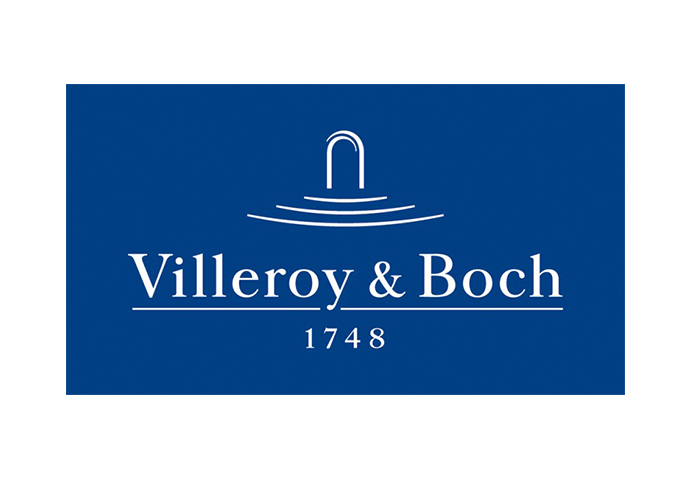
1829
Production of earthenware

Production of earthenware. While the second Boch generation achieved an optimised product quality by experimenting with materials, the third generation made a decisive leap with Jean-Francois Boch. Trained at the École de Sciences in Paris, the entrepreneur successfully develops a type of earthenware which is bright white and extremely hard. It looks deceptively like porcelain, but could be supplied considerably cheaper. This path democratised tableware. As a result of this early innovation, porcelain – the previously rare and costly, precious treasure reserved solely for the nobility – if now affordable for broad classes of society. The products are not only well-accepted on the market, but also officially. At the first Prussian trade exhibition in Berlin in 1822, the Bochs receive the gold medal, which is followed by many national and international awards.
-
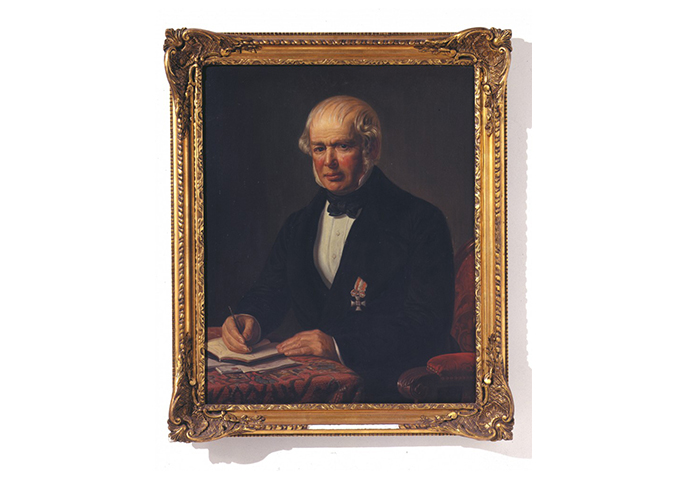
1836
Merger between Boch and Villeroy

Merger between Boch and Villeroy. The factories of the entrepreneurs Boch and Villeroy are not far away from each other. Now and again the two competitors, who successfully market their products beyond Germany's borders, even meet. But in order to exist in Europe's economic framework, particularly alongside the dominant English industry, the two agree to merge. Villeroy & Boch is born. It combines the strengths of both sides: creative talent, entrepreneurial spirit, innovative power and production capacity, and is one of the 19th century's first global players.
-
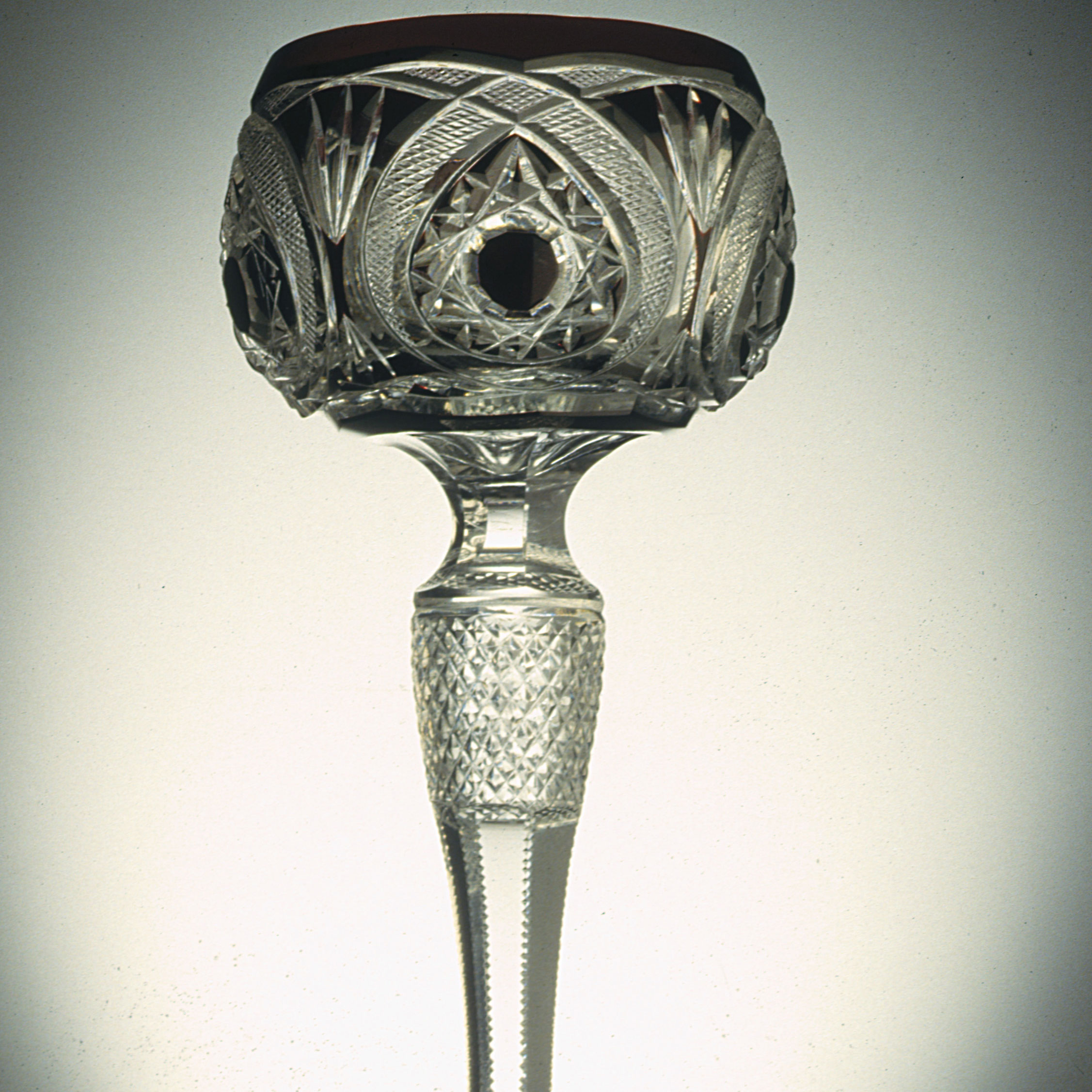
1847
Complete offer as corporate strategy

An attractive product range extension: by producing glasses the company was able to round off its crockery range, thus improving its market opportunities both in Germany and abroad. Every German town received regular supplies. From 1847 larger consignments were sent to Paris, Warsaw and London. A new connection to the Mannheim railway junction facilitated export to Moscow and St. Petersburg. Distribution was also extended to Scandinavia, Italy, Spain, Greece, Switzerland and Turkey. From around 1850 the first consignments were sent across the Atlantic to North and South America.
-
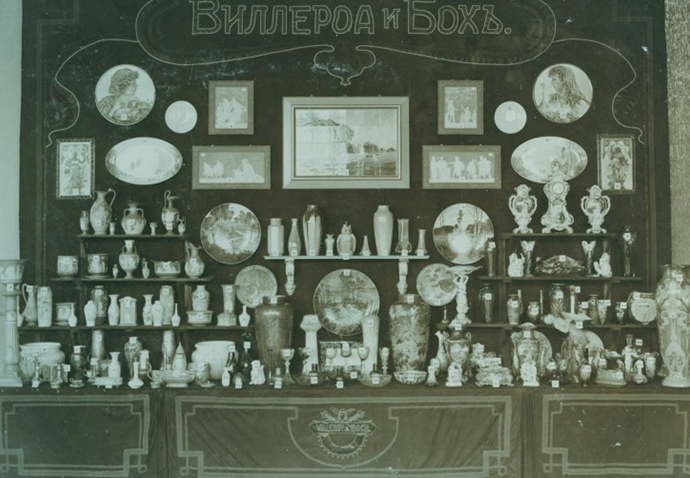
1851
World Exhibition

World Exhibition. The Prussian Minister for Economic Affairs chooses Villeroy & Boch to take part in the famous World Exhibition in London. On a magnificently presented stand the company displays innovative everyday crockery and decorative ceramic items made of bone china and elaborately decorated stoneware. London was the start of a series of prestigious appearances at the great World Exhibitions of the 19th and early 20th century, including Philadelphia in 1876, Paris in 1878 and 1900, Chicago in 1893, St. Petersburg in 1901 and St. Louis in 1904.
-
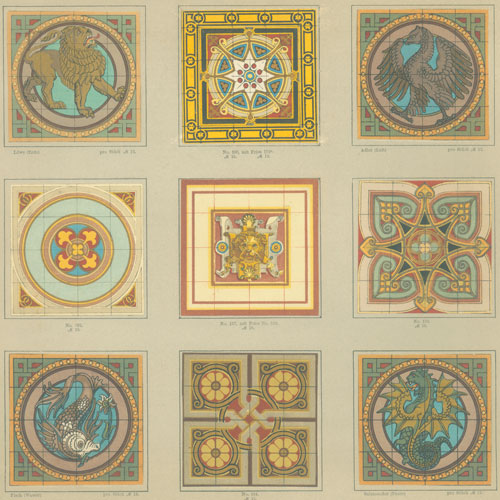
1852
Mettlacher Platten

Mettlacher Platten. Many a good idea for the present can be won from the wealth held by history. When archaeologists came across a Roman floor mosaic in the vicinity of Mettlach, Eugen von Boch was entrusted with its restoration. Inspired by this archaeological find, he and his technicians begin experimenting with material for tile manufacture. They develop a production process which combines tremendous wear resistance with a sensationally beautiful appearance. Manufactured in Mettlach since 1852, these tiles achieve great success throughout the world under the name of Mettlacher Platten. Demand is so great that a factory specialising in tile manufacture is built in 1869 – the Mosaic Factory. In 1879 Villeroy & Boch takes over a further factory in Merzig. They develop into the world's largest manufacturer of plants for wall and floor tiles anywhere in the world.
-
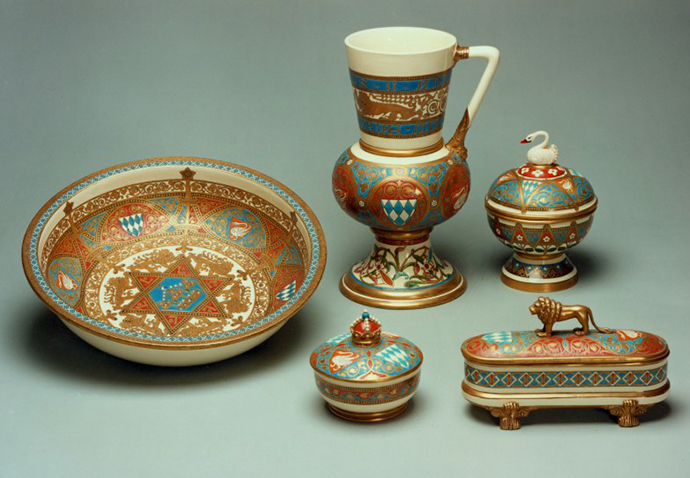
1876
The first ceramic sanitary-ware production

The first ceramic sanitary-ware production. The first signs of ceramic sanitary-ware production are seen. The Wallerfangen Faiencerie begins manufacturing "water pipe articles", Villeroy & Boch's first items of ceramic sanitary ware. Washing vessels, including numerous specially-produced items, for example, for Louis II, the Bavarian "fairytale" King.
-
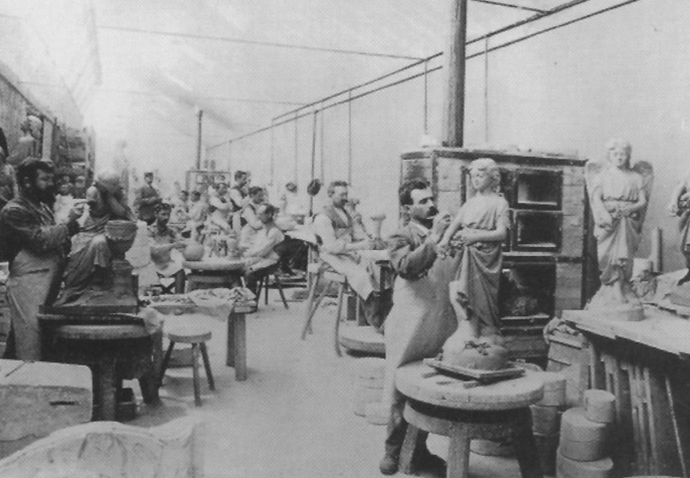
1879
Artistic terracotta items

the Mosaic Factory. In 1879 Villeroy & Boch takes over a further factory in Merzig. They develop into the world's largest manufacturer of plants for wall and floor tiles anywhere in the world.
-
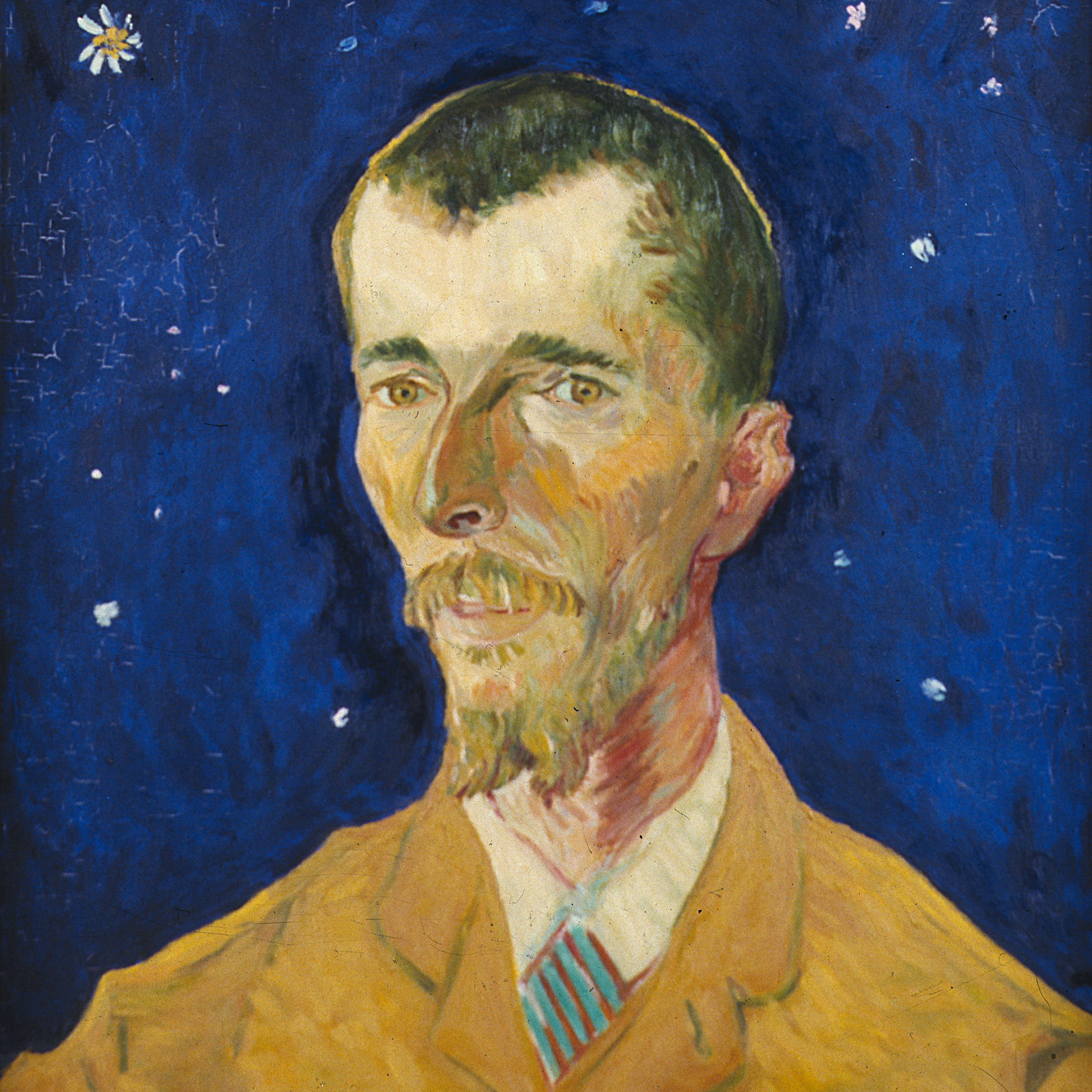
1888
Vincent van Gogh

Vincent van Gogh. Vincent van Gogh paints a portrait of his friend Eugène Boch, which today hangs in the Musèe d'Orsay in Paris. Van Gogh always carried this painting, entitled Der Dichter (The Poet) with him on his travels. After his death, van Gogh's sister-in-law gives the painting as a gift to Eugène who bequeaths it to the Louvre in 1942. Anna and Eugène Boch are themselves neo-impressionists and have frequent contact with prominent artists of their day, such as Toulouse-Lautrec, Ensor and van Gogh. Van Gogh's letters are proof of the deep friendship he shared with Eugène.
-
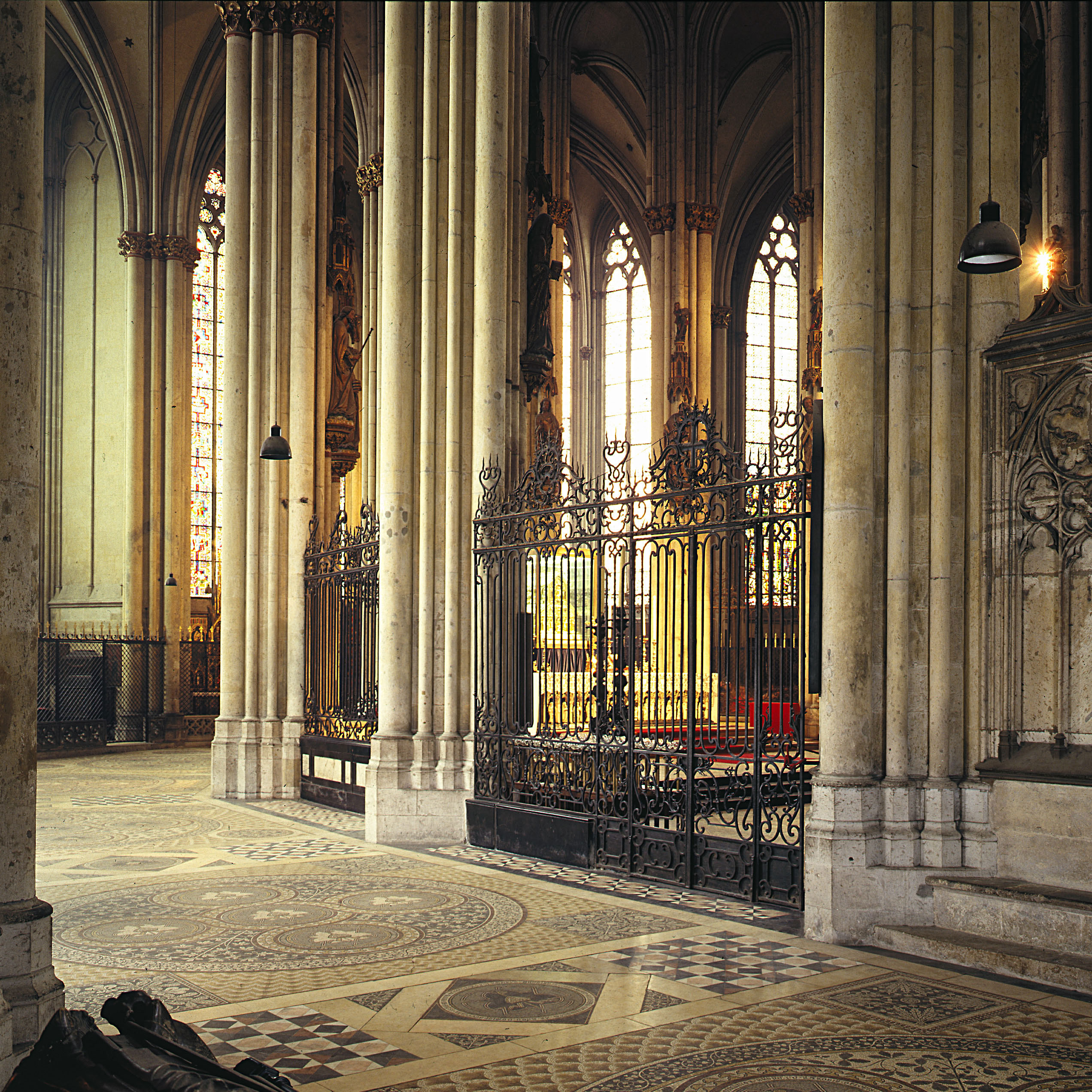
1890
Project business begins

Project business begins. Villeroy & Boch creates a floor mosaic for Cologne Cathedral, a building of high national symbolic value which was restored in the 19th century. This 1,300 squaremetre mosaic is produced and laid within a period of five years. Besides the industrial manufacture of crockery and tiles, Villeroy & Boch's ateliers create numerous items made specially to order. The company becomes a supplier – above all of crockery – to European ruling houses and to the upper classes. In the construction sector too, numerous prestigious premises all over the world are built or equipped with Villeroy & Boch products, e.g. the Bolshoi Theatre in Moscow or the Castle of the Prince of Thurn and Taxis in Regensburg. In the commercial sector, swimming pools, hotels, banks and hospitals, etc. have been equipped with products from Villeroy & Boch from the 19th century through to this day. Its own capacity together with the artistic and technical know-how of its ateliers and planning offices enable the company to design and realise highly individual projects.
-
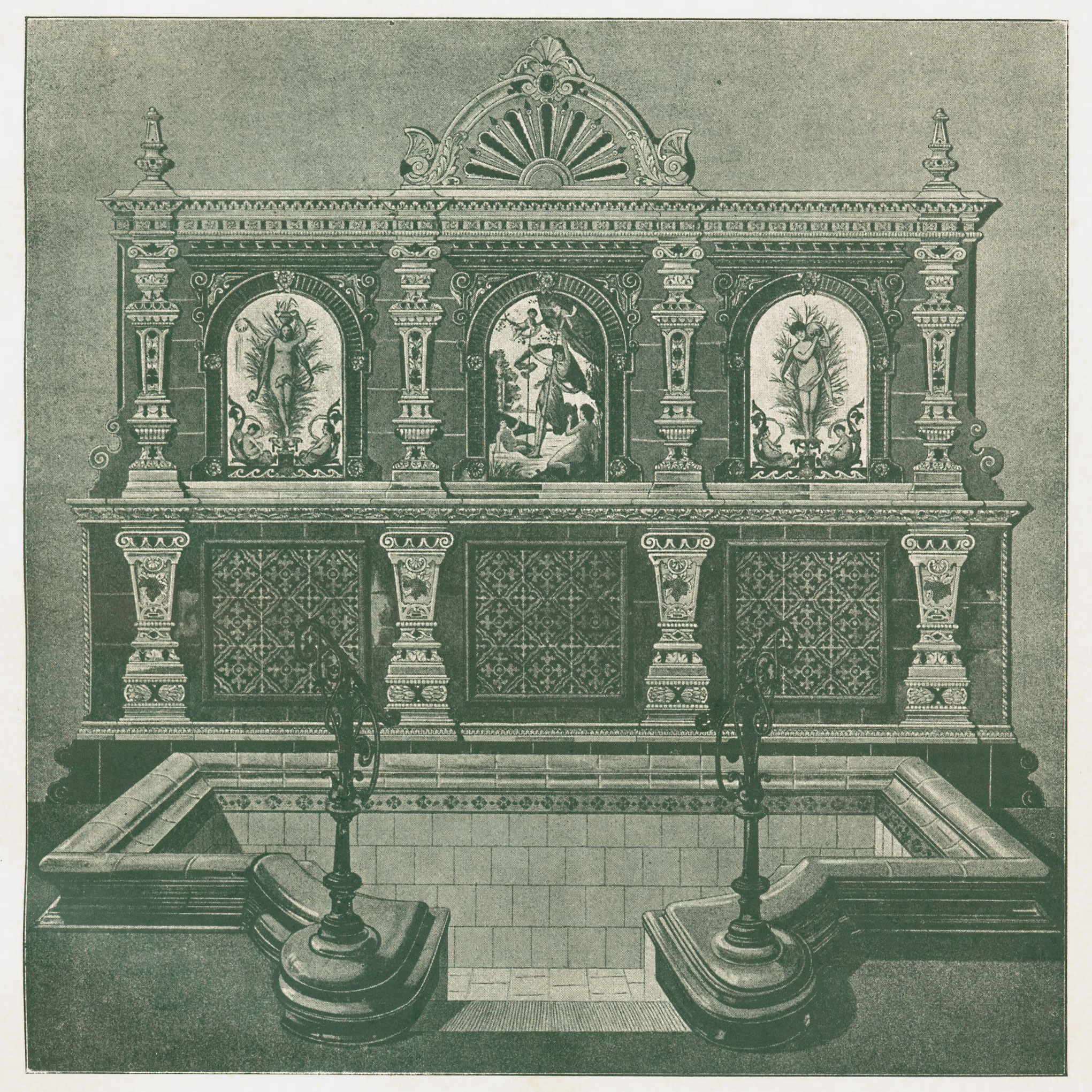
1899
Large-scale production of bathtubs and toilets

Large-scale production of bathtubs and toilets. In the 19th century, significant scientific insights create the foundations of modern hygiene. An essential contribution is made above all by sanitary products, which are still not widely used around 1900. At this time Villeroy & Boch starts large-scale production of bathtubs and toilets. A key reason for this undertaking is the improvements the company had successfully made in the production technique and the material. The key to large-scale series lay in the slip casting technique used to cast the liquefied ceramic in moulds. When Villeroy & Boch then also introduced traditional fireclay – a particularly hard ceramic which hardly warps during firing – into sanitary-ware production, large-scale manufacture could commence. Bathroom furnishings became affordable for the average home. This is an important contribution towards democratising bathing and hygiene.
From Mettlach To The Whole World
-
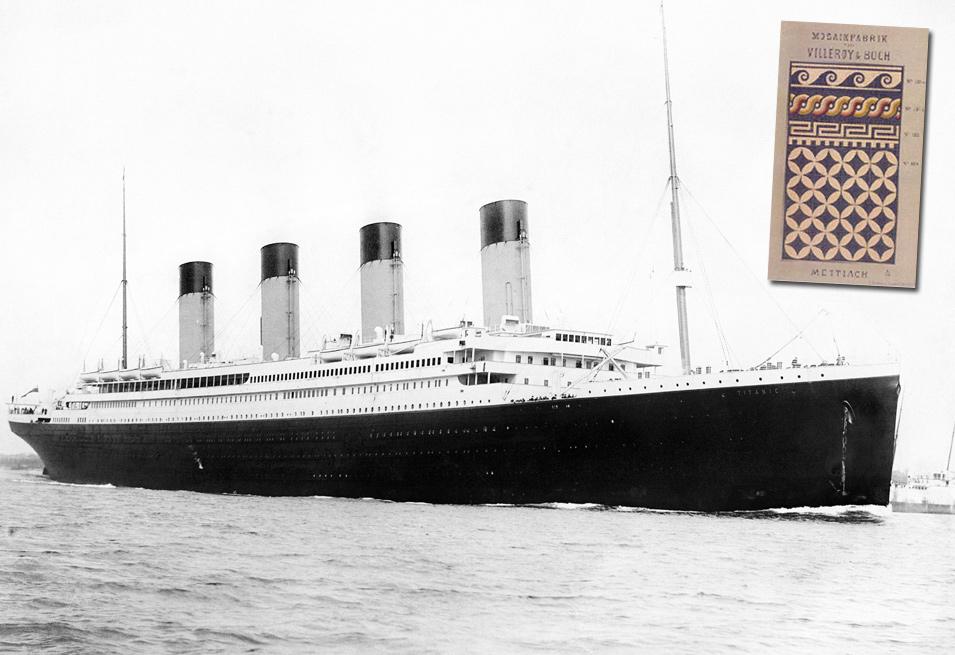
1912
The Mettlach porcelain tiles on board the Titanic.

Titanic: an unforgettable history. On the 10th of April, the Titanic made its maiden voyage from Southampton, aiming for New York. It was the largest ship in the world at the time and, because of its sinking, has also become a well-known ship in history. Its interior was also decorated with Mettlach tiles. Inspired by the mosaic floor coverings of the Roman period, Eugen Boch designed these tiles in the middle of the 19th century, and they became very popular with high society. Naturally, this noble floor tile also appeared on the Titanic, where it was ushered in by the nobility and the rich and famous.
-
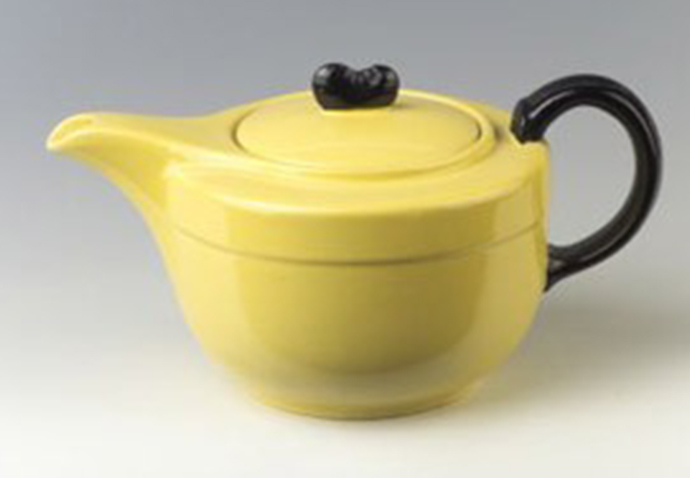
1930
The Bauhaus and art déco styles dominate design

The Bauhaus and art déco styles dominate design. Based on a rationally mundane, purpose-orientated styling, the Bauhaus style and the elegantly luxurious art déco style dominate the design of the Twenties and Thirties. This is also reflected in the Villeroy & Boch product range during these decades. Around the turn of the century, Henry van de Velde – founder of the "Kunstgewerbliche Seminar", the forerunner organisation to Bauhaus – had already created designs for Villeroy & Boch. In 1919, together with Walter Gropius, he set up the Bauhaus. Peter Behrens – co-founder of the Deutsche Werkbundes, (federation of architects, artists and builders) – also creates crockery and tile designs for the company.
-
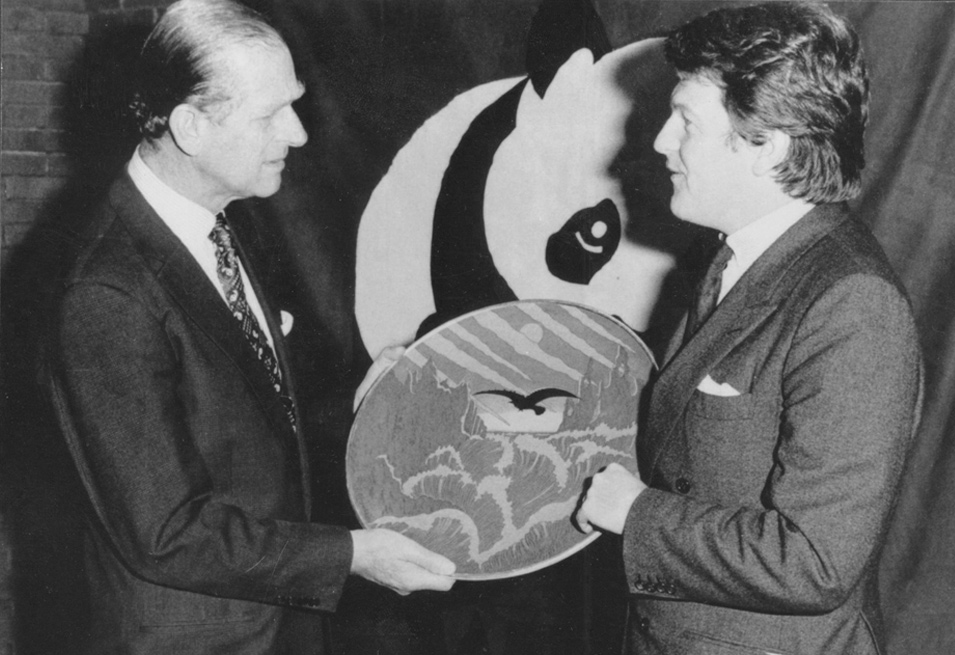
1965
The appreciation of Prince Philip for the gift of tiles from Germany's Villeroy & Boch.

Artistic ceramics for His Royal Highness Prince Philip Great Britain's Queen Elizabeth II and her husband Prince Philip visit Germany. During this state visit, Villeroy & Boch sends tiles adorned with engravings of old cogs to Prince Philip, who has a great love of pictures of old ships. Visibly delighted, the Prince has a letter of thanks sent to the company: "Dear Sirs, the Duke of Edinburgh has asked me to thank you for the beautiful tiles you sent him. This was very kind of you, and I know that His Royal Highness is most obliged to you for this gift."
-
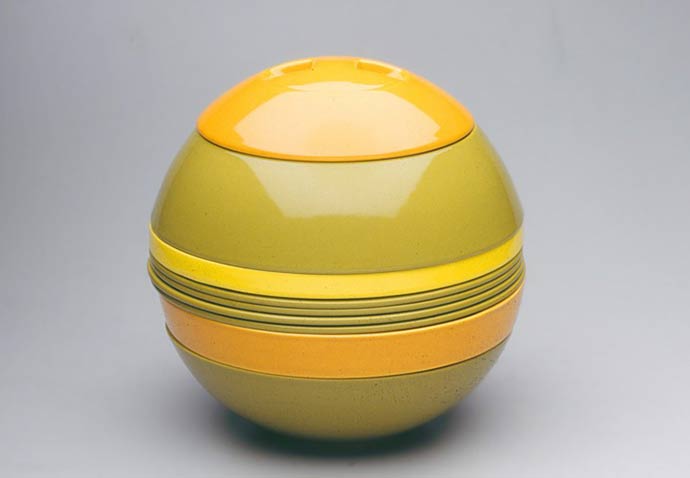
1971
Overseas activities intensify

Overseas activities intensify. The first large-scale shipment of crockery goes to Japan. At the same time exports to the USA are stepped up. A series of special editions is created for this market. The crockery sector's name change to Tableware signalises the move towards a new integral range. Designer Helen von Boch creates emphatically modern series, some of which are inspired by the Far East, the best known of which is the Kugel (globe). Concealed inside is a complete dinner service and its production requires the highest degree of technical skill.
-
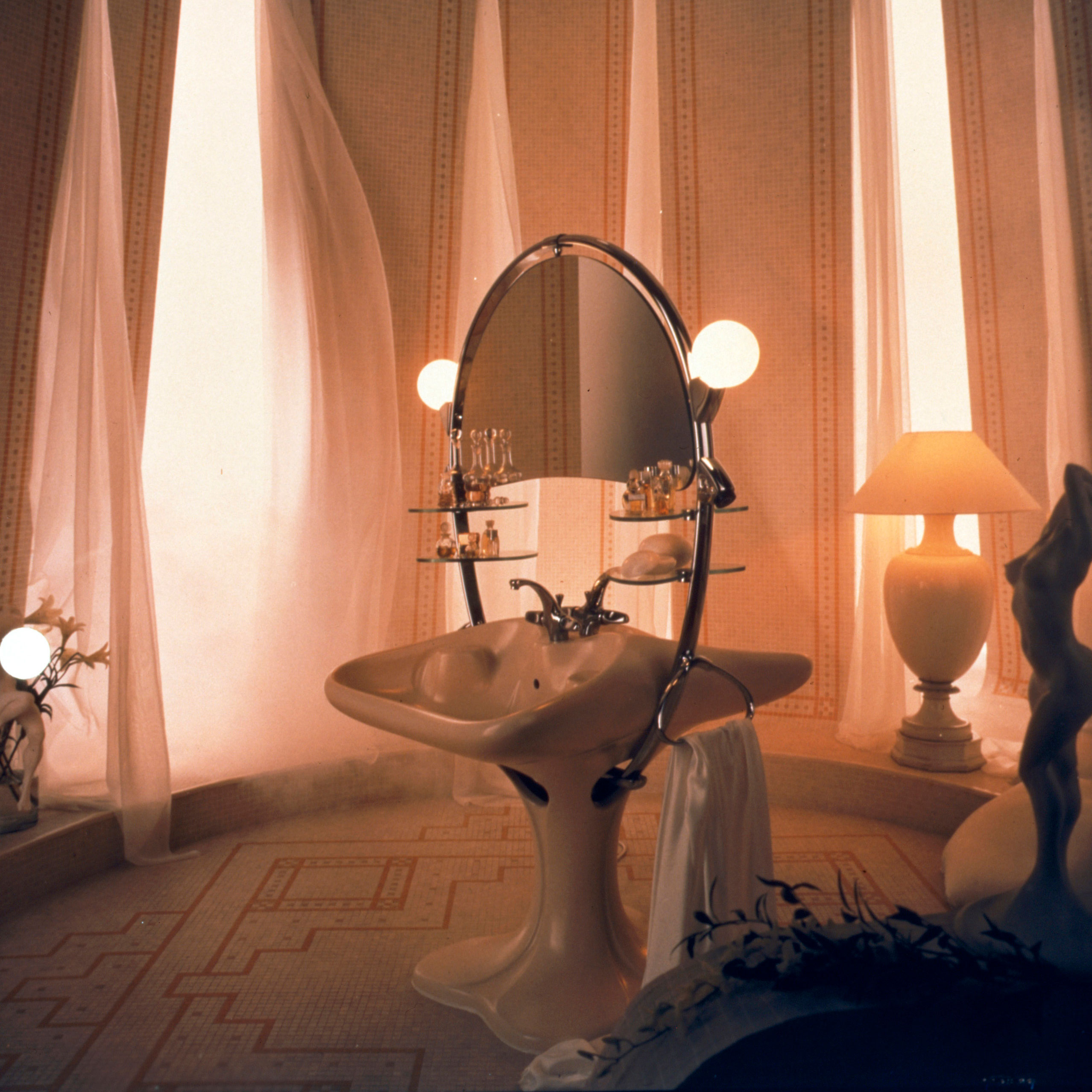
1975
Cooperation with Luigi Colani

Cooperation with Luigi Colani. Commissioned by Villeroy & Boch, Luigi Colani develops a completely new bathroom concept which totally redefines the bathroom as a living space and place for regeneration. He begins by concentrating on the room's ergonomic aspect, and achieves optimised functionality and distinctive colourfulness in all areas. It is also the first concept which creates a consistent line of design for every bathroom element. In so doing he provides inspiration for the designs of decades to come and revolutionises the bathroom industry.
-
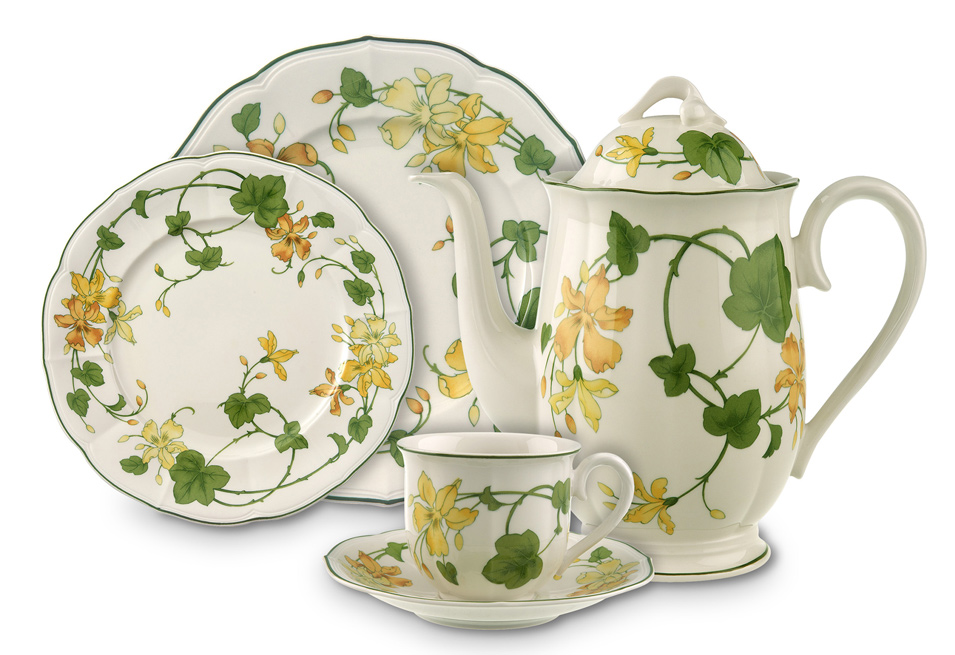
1981
The wedding gifts of Princess Diana.

Good morning, Lady Diana! Lady Diana is just 19 years old when she marries Prince Charles on 29 July, becoming the Princess of Wales. Breakfast will be served to the world-famous married couple on the yellow and green "Geranium" tableware collection from Villeroy & Boch – in keeping with the young princess's wishes and as requested on the gift list for her dream wedding.
-
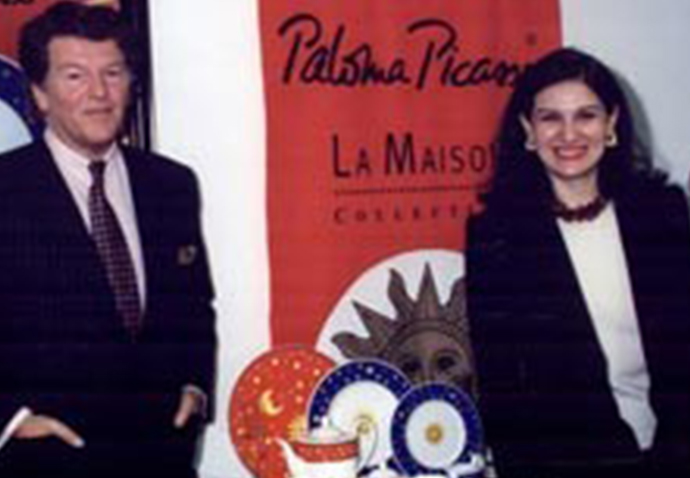
1987
Collaboration with designers

Collaboration with designers. Up to now a limited partnership, the company is converted into a public limited company. The capital of the new Villeroy & Boch AG remains in the family. The year 1987 marks the beginning of a cooperation with one of our era's most illustrious designers, Paloma Picasso. After designing a tile collection, she goes on to create tableware, cutlery and crystal collections. Her tableware designs mirror, above all, the origins of her design in the area of jewellery. Quality of design forms a central, connecting theme which runs throughout the company's history. In addition to the company's own designers, world-famous designers have also worked for Villeroy & Boch since the 19th century. These include van de Velde, Olbrich and Behrens. These three in particular give Villeroy & Boch products their typical, distinctive style. Luigi Colani, Matteo Thun, Keith Hearing, Conran, Kenzo, Joop, Roberto Capucci, Isabelle de Borchgrave, Helen von Boch, Maggy Champsaur, Rainer Moll and Frog Design are among the internationally renowned designers who have been engaged by Villeroy & Boch in the second half of the 20th century.
-
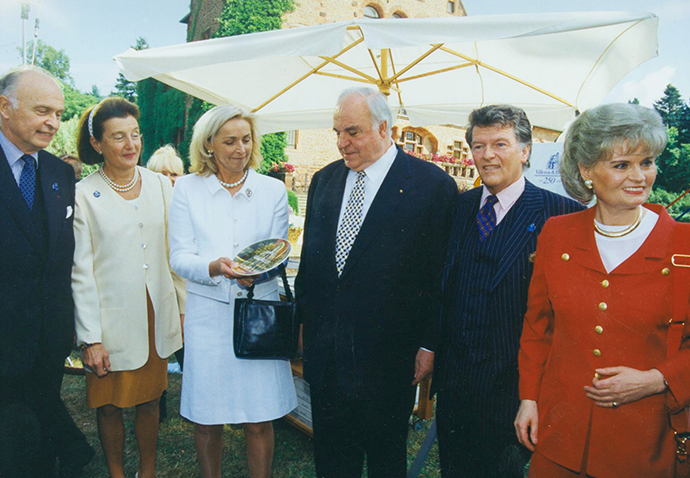
1998
The company's 250th anniversary

The company's 250th anniversary. The company's 250th anniversary. Many leading European politicians take part in the large-scale celebration gala in Mettlach, including the Federal Chancellor at that time, Helmut Kohl, Luxembourg's Minister President, Jean-Claude Juncker, France's Minister of Finance, Mr Strauss-Kahn and Saarland's Minister President, Oscar Lafontaine. In his official address, Helmut Kohl described Villeroy & Boch as " Europeans of the first generation". In the same year, Wendelin von Boch – the founder-family's eighth generation – is appointed Chairman Management Board. Under his direction further modernisation measures are carried out within the Group: he initiates the change in Villeroy & Boch's corporate direction, converting it from a production-oriented ceramics producer to a lifestyle supplier. At the heart of this paradigm shift is the sales and marketing concept The House of Villeroy & Boch, the extensive implementation of which is one of the Group's strategic goals.
Between World Wars, Innovations and Expansion
-
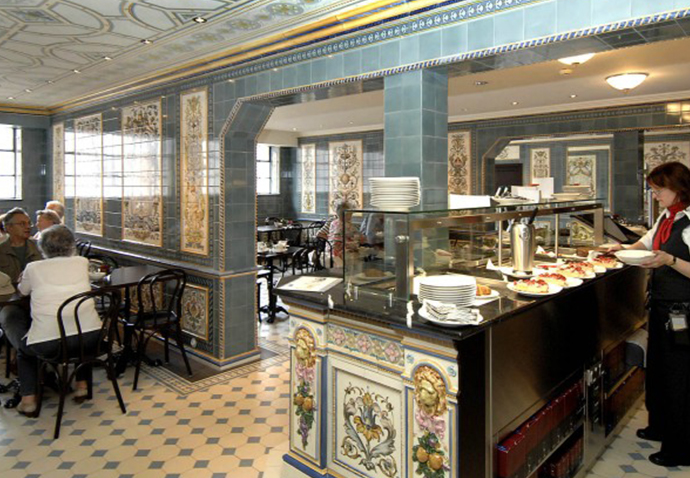
2007
"The Tradition of Wendelin von Boch Gifting Papal Special Tableware"

Tableware fit for a Pope: A tradition of Villeroy & Boch Wendelin von Boch personally delivers a papal tableware set to Benedict XVI that has been specially designed to meet the exceptional standards associated with this high spiritual office. The delivery of tableware to the Pope is a longstanding tradition at Villeroy & Boch. Special collections have already been designed for four Popes in the past, starting with Pius XII (1955), followed by John XXIII (1959), Paul VI (1964) and Pope John Paul II in 1980.
-
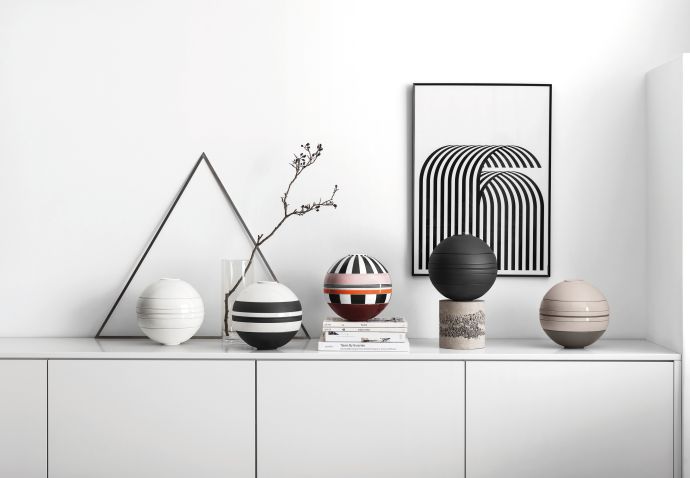
2020
The evolution of an icon

The evolution of an icon. Almost 50 years after Helen von Boch created the fascinating sphere, Villeroy & Boch has relaunched the unique design idea and presents La Boule, a modern reinterpretation of the design masterpiece.
Taking New Paths in the New Millennium
-
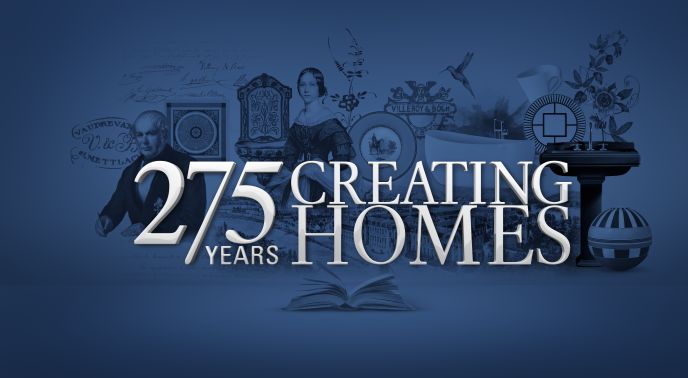
2023
ANNIVERSARY YEAR 2023 - ALL ABOUT 275 YEARS CREATING HOMES

Since 1748, Villeroy & Boch has stood for quality and sophisticated aesthetics, for forward-looking ideas and techniques relating to ceramics. It has always been Villeroy & Boch's ambition to design our homes in order to enjoy life's moments. "Creating Homes" means more than furnishing a house. "Creating Homes" means realising one's personal ideas, one's own lifestyle and feeling at home.
